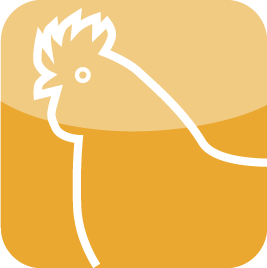Category: Pig
By: Mandes Verhaagh
Loose house sow keeping in piglet production
Based on agri benchmark Pig data different scenarios in regard of sow husbandry were calculated to learn about the economic effects of improving animal welfare in a typical piglet production farm in northern Germany.
According to the requirements of the Animal Husbandry Ordinance, sows must be kept in groups for a period of more than four weeks after insemination until seven days before the calculated farrowing date from 1 January 2013. But in the functional areas of the breeding centre and farrowing house, individual housing with temporary fixation of the sows continues to be the standard procedure and has become firmly established for work and production-related reasons.
However, crates in pig farming are increasingly subject to the displeasure of some interest groups. Critics fear a negative influence on animal welfare associated with this farming procedure. Politicians have taken up the issue. In 2014, for example, at a meeting of European agriculture ministers, with the participation of Germany, long-term goals were agreed: to renounce the box stand in the mating centre in favour of group housing and to give up the piglet protection cage in favour of the use of free-running pens in the farrowing house (BMEL 2015).
The fact that critics of conventional farming practices would agree with these objectives seems, in view of current debates, undoubted. However, it is questionable what effect such a change will have on the producers' operating success. To clarify this question, a conventional piglet producer in northern Germany is being converted into two scenarios in a study, so that it implements group housing in the mating centre and uses free-running pens in the farrowing area. It should be noted that this is a typical farm of the agri benchmark Pig network, which was surveyed in a standardised operating procedure. The study looked at the following scenarios and calculated their economic effects:
Scenario 1: Preservation of stock size
(building extension due to increased space requirements)
Scenario 2: Decrease of the stock (use of the existing barn area)
In both scenarios, three different variations were calculated.
Variation 1: Increase in working time requirements
Variation 2: Increase in rate of unsuccessful insemination
Variation 3: Increase in weaning piglets mortality.
The graph shows the change in economic efficiency with considerable consequences for operation. Long-term profitability will not be affected by rising depreciation. If a decline in physical productivity is added (variations), the result deteriorates further.
The agri benchmark Pig network is looking forward to this year's conference in Reggio Emilia, Italy. The conference is again a joint one with InterPIG. Agricultural economists from all over the world will meet again to discuss the latest developments, results of international farm comparisons and future perspectives. The focus is on integrated production, the implementation of more animal welfare in the production systems and the conflict between animal welfare and environmental protection.
Results and impressions of the Pig Conference will be published soon.







